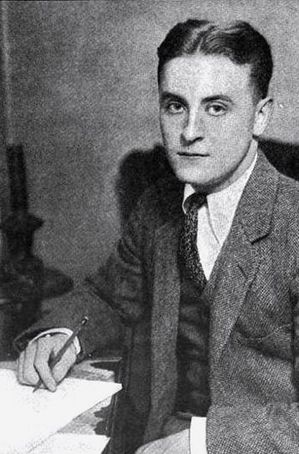Second acts: Was Fitzgerald decrying American shortcuts?
From Dr. Baker: Welcome back columnist Terry Gallagher …

We may be missing F. Scott Fitzgerald’s real message when he wrote, “There are no second acts in American lives.” Maybe he wasn’t saying that we can never recover from early failures.
To get what Fitzgerald was driving at, you have to read “second acts” as a reference to the middle part of a play.
In a 2010 column in The Atlantic, writer Hampton Stevens pointed out that Fitzgerald wrote for the theater at Princeton and later Broadway (and Hollywood). “With ‘no second acts,’ he was almost certainly referring to a traditional, three-act drama, in which Act I establishes the major conflict, Act II introduces complications, and Act III is for the climax and resolution.”
Fitzgerald may have been saying that, as Americans, we grasp for premature resolutions, impatient with complications along the way. During the second act, the protagonist is unable to resolve the complications because they don’t have the right tools yet. Our lead character must grapple against the odds — often paying a big price along the way. But Americans? Usually, we just want a shortcut.
Of course, Fitzgerald left us with a puzzle when he died prematurely at age 44 in late 1940. He was only about half finished with his final novel, "The Last Tycoon."
His friend Edmund Wilson assembled enough of the book so that an edition could be published in 1941. To accomplish this, Wilson searched through 100s of pages of notes and, in the final published pages, simply listed some one-liners from those notes. That’s where the famous line appears: “There are no second acts in American lives.” Then, right after that, Wilson placed this line from Fitzgerald’s notes: “Tragedy of these men was that nothing in their lives had really bitten deep at all.”
Maybe Fitzgerald was saying we’d be better off if we took a little time for character development, for figuring out who we are, before we race to the finish line. That explanation seems to make a lot more sense than the more common interpretation of the line.
But what do you think?
Please, add a comment below.

